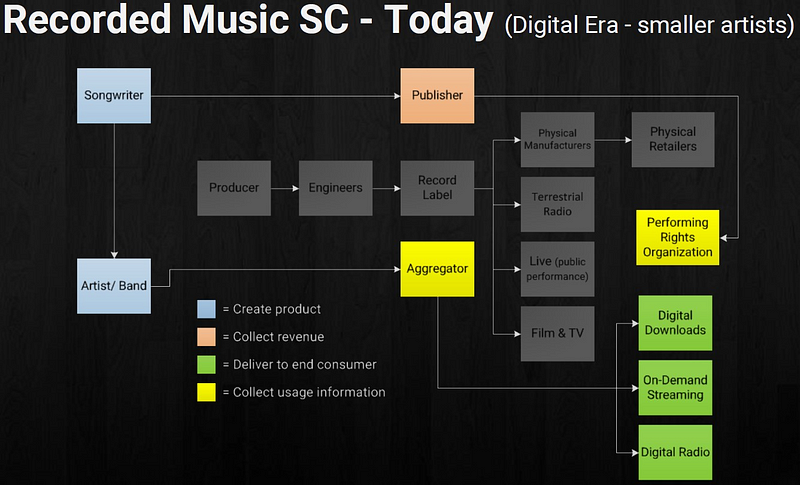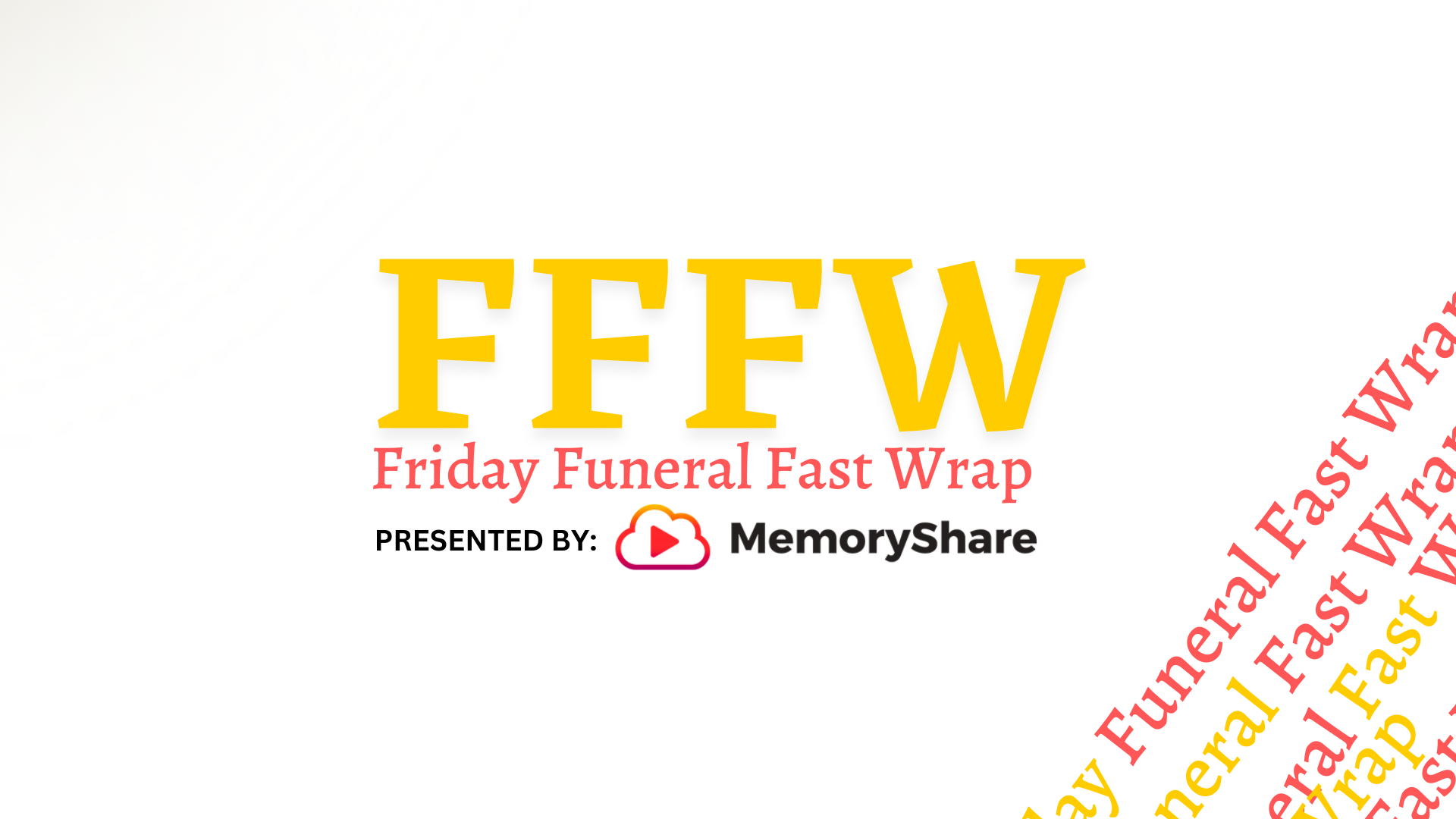The Death Industry’s failure to learn from the Music Industry’s crash
Article by: David Balter, Mylestoned
A few months ago I attended a funeral association conference in the mid-west. Surrounded by well-dressed gentleman (men. yes men, almost all men) hawking coffins, sharing tips on administering chemical and embalming fluids, and one-upping each other with “you wouldn’t believe it” stories (remind me to tell you the one about the deceased’s skin slipping off while using a body scoop), I considered the very real possibility that I’d been touched by insanity.
The reality is, the funeral industry — once thought completely recession proof — is facing a once-in-a-century shift in business dynamics. In 2015, cremations surpassed burial in the US for the first time ever, and is trending north of 70% by 2030. For most funeral homes, that means 30% margin erosion, as the cost of a burial averages $7,000 — $10,000 and the cost of a cremation is closer to $1,000 — $3,000.
According to Teresa Gyulafia, strategic communications director at Batesville, families who opt for cremation spend 42 cents on the dollar compared with those who have traditional burials— “a big economic burden to the industry,” she comments.
The result is obvious: the number of funeral homes has fallen almost 10%, according to the NFDA, from 21,495 in 2005 to 19,391 in 2015, in part because of cremation’s popularity.
Gentrification is also hammering the industry, making the land a funeral home sits on more valuable than the revenue generated by the business.
Cost of goods aren’t faring much better, as Wal-mart offers payment terms, and prices that completely destroy funeral home margins (again)
Then there’s the “4th generation” problem. Funeral homes are often handed down generation to generation — but you try handing your funeral home to your gen-x or millennial offspring.
Hell no, most say. I’m going to travel the world with remote year or digital outposts, not deal with dead bodies.
Back to that mid west funeral industry conference.
Many. Funeral. Directors. Have. Their. Heads. In. The. Sand.
What’s astonishing is how this “hiding from the truth” was equally apparent during the music industry’s transformation in the late ’90s. My first business was in the music industry, kicking off in 1996. It was heady times, with record labels, musicians, merchandise companies — anyone even associated with music — jamming cash into their pockets because they just couldn’t carry any more in their arms.

But then digital music came on the scene. Really, napster and torrenting “freed” the music, and putting aside whether pirating was right or justified or legal, the genie wasn’t going back into the bottle. By 2000 we all knew something was different, but everyone looked the other way. In Stephen Witt’s book “How Music Got Free: The End of anIndustry, the Turn of the Century, and the Patient Zero of Piracy,” the culprits seem to be multifold, from the advent of new technologies, to small shifts in perception, to corporate greed.
And even though the industry was full of powerful, smart, dedicated people who were capable of controlling every CD shipped and which musician received exposure, they couldn’t control the want of the people. Those that actually listened to the music, wanted it their way — and expensive CDs in plastic shells on full length albums (14 songs when only 2 were really worth listening too) — just wasn’t cutting it.
The simple concept: there was too much overhead standing in between you getting the music you wanted. After the wild west of torrenting put all of the industry executives on watch, Apple showed up with iTunes, and forced a change in how music could be distributed and fees could be delivered.


While this looks rosy on the surface, the fact is the transition completely decimated the music industry that was. It forced many small labels into bankruptcy, and musicians had to rethink their model — from getting “signed to a label” to becoming experts at social distribution and ancillary revenue streams (merch, digital downloads, etc.).
Which brings us back to the funeral industry.




